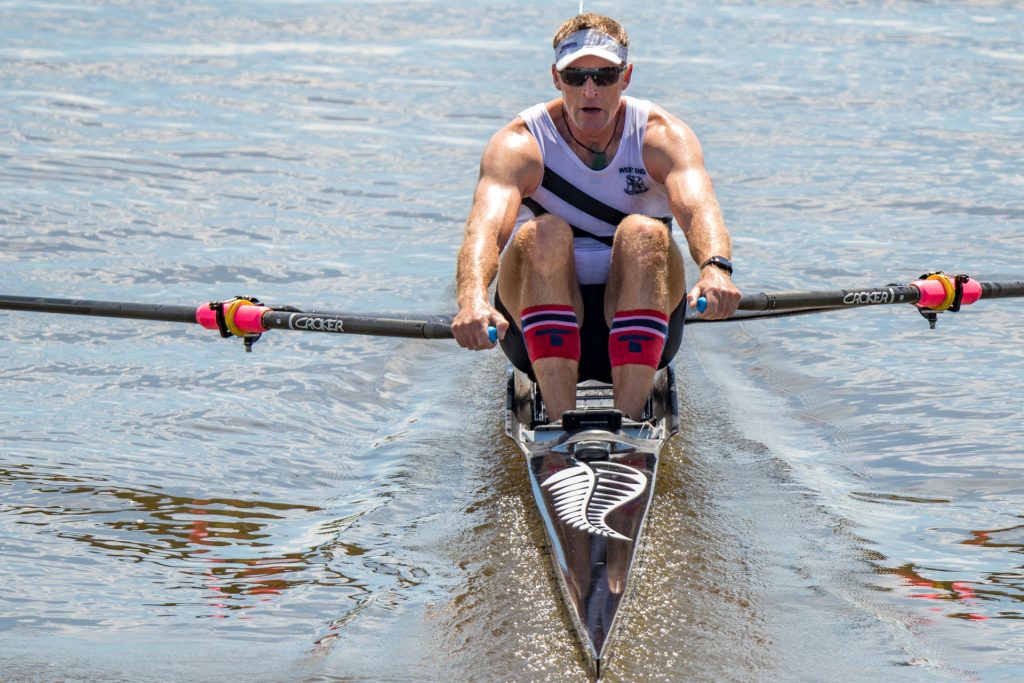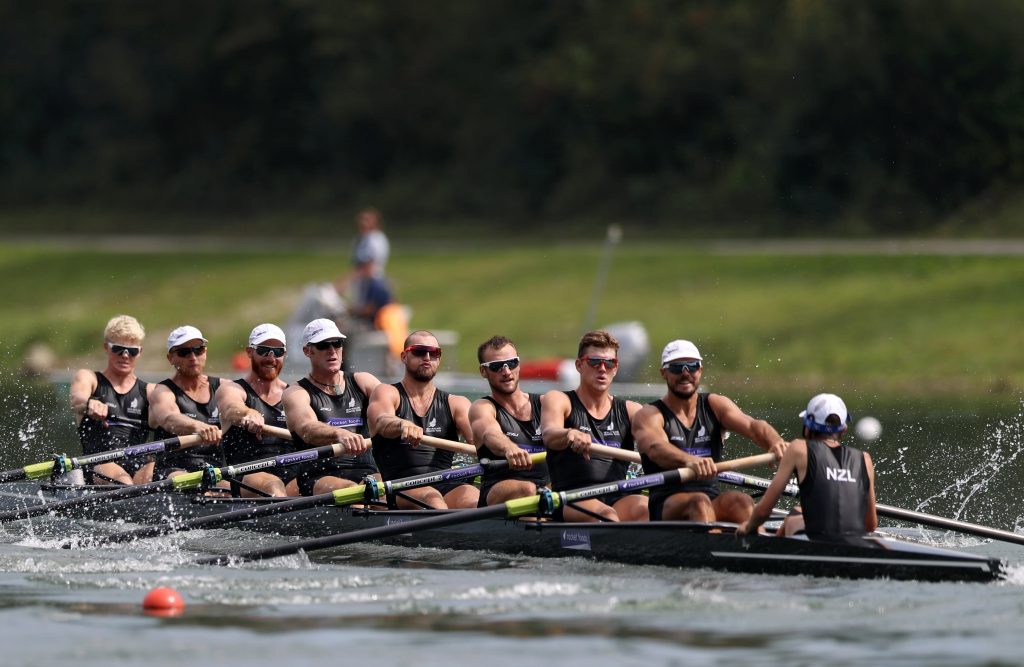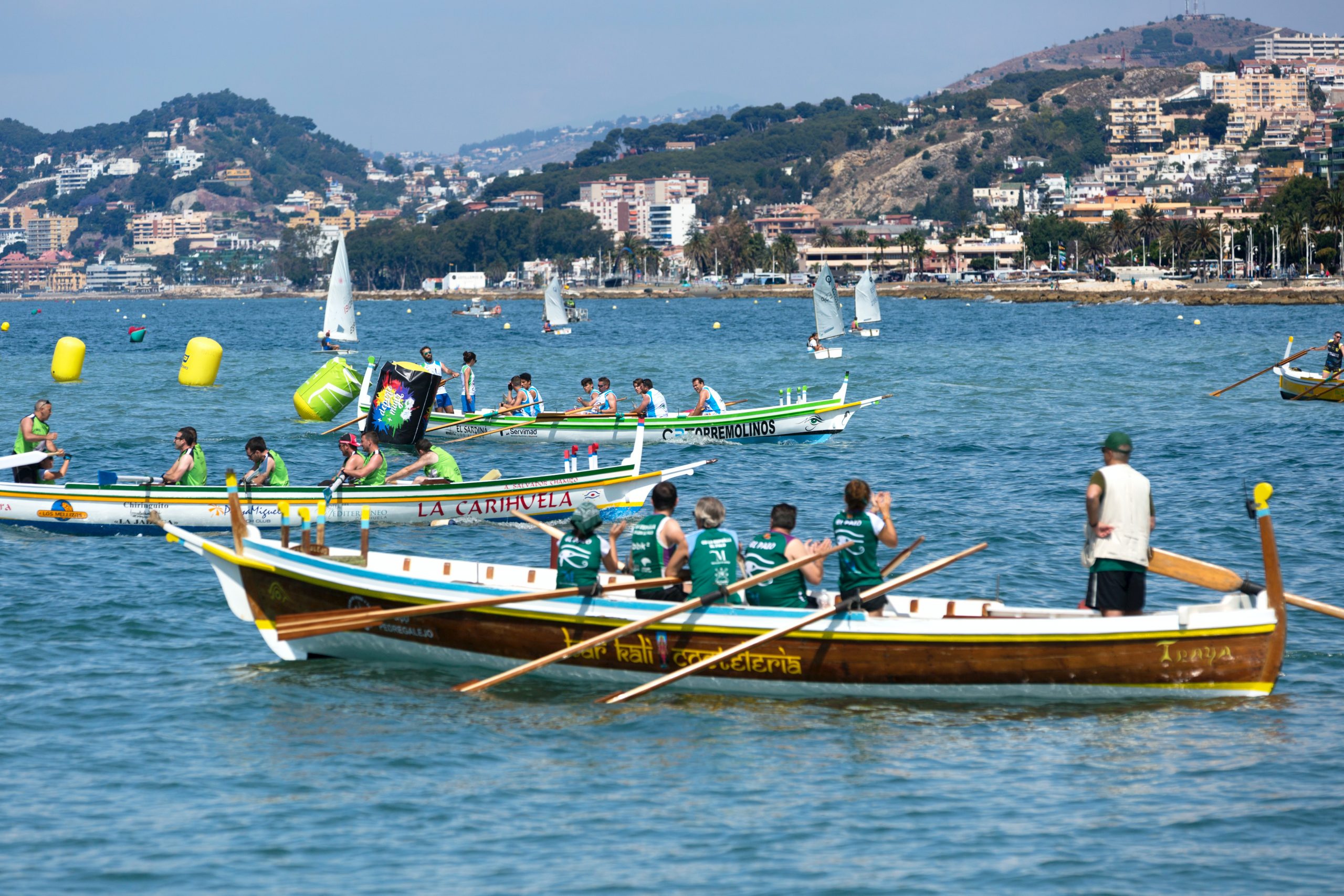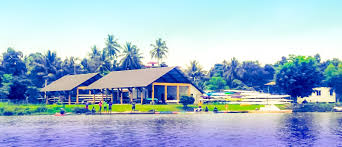Rowing has a rather dull and morbid origin. It began as a method of transportation for the spice merchants and traders of the exotic African lands. Later as galleys of war to satisfy the blood lust of conquerors of the past. Through time and development of technology brought the end of these primitive methods and finally leaving us with rowing as an internationally acclaimed sport with a rich and fascinating past.
Rowing moves the boat using Newton’s third law: for every action, there is an equal and opposite reaction. Rowing shells are commonly known as boats. Usually, boats can differ in size and the number of people who row within. The smallest boat is also known as Scull (one man/woman, two oars), where the largest is Eight (eight men/women, one oar each). These are usually the international competition standard. The oldest boat race in the world is the Cambridge Oxford regatta where it is the main event that has ever raced over eights. Unfortunately, in Sri Lanka, the competitions have only Four (four men/women, one oar each). The oldest regatta in Sri Lanka would be the Royal-Thomian rowing encounter.


A Family Away From Family
Rowing is not for the faint-hearted. The sport is constantly demanding more from those who dare to engage with it. The work is grueling, and the commitment required is absurd, but there are those select few who are ever ready to push beyond what was thought capable, breaking the glass ceiling at any given time! There are only a handful of oarsmen and oarswomen who are not only connected by their passion for rowing but also the brother and sisterhood that binds and bonds them. Since the crew has only a few people, it is easy to build a bond, trust, and care for them. Undoubtedly, I can say that the crew is family away from family. One of my vice-captains over the years once advised that no matter what happens, the crew will always be there for one another. Surprisingly, what he mentioned was right and we were always there for one another, saw each other all the time more than our families. Spent most of our time at morning training, school, and again at after-school training.
Rowing gave our lives structure and discipline. The legacies of past crews were our responsibility to uphold. Therefore, there were many rules we had to stick to that made us and shaped me into who and what I am today. Sticking to rules does not imply that I have not had my fair share of fun. What rowing mainly taught me was that all things require moderation, and having discipline is vital. These are applicable in training or doing regular activities as a teenager. The crew was well-respected by peers, friends, and other students in college. Past crew members and seniors were considered legends due to the glory they have brought to the college. Their presence radiated confidence, unity and received so much respect which was incredible. It was a defining moment in my college life. Additionally, rowing had other perks such as rowing with other schools including, girls’ schools. Besides, we had the same training days with the same coach, which was also a bonus!
A Brief Insight Into The Royal-Thomian Regatta

The rowing encounter is the oldest regatta in Sri Lanka which began in 1962, which rowed over a distance of 1000 yards. Royal college was the first school to introduce rowing as a sport in 1953, and after a few years, S. Thomas’ also began rowing. The encounter was held on last Saturday of October, which comprised eight races. Each boat/race carries a point that was awarded to the winning school of said particular boat/race totaling up to 52 points. The regatta’s most anticipated and crucial race would be the A4 race (which carries most of the point amount for a single boat), raced for the coveted and sacred T.N. Fernando trophy. This trophy is then awarded to the winning college.
Rowing Centers in Sri Lanka
The most prestigious center or club was Colombo Rowing Club (CRC) which was located at the banks of Beira Lake. This establishment was founded in 1864 and. has a long and impressive history. It had borne witness to many great victories and painful defeats. The other center would be the Diyawanna Rowing Center (DRC) which boasts a long and quite straight lake spanning two kilo-meters, and the lesser-known club would be the Bolgoda Lake Rowing Club (BLRC).
Written by: Rtr. Shanara Senaratne
Edited by: Rtr. Imesha Ilangasinghe



